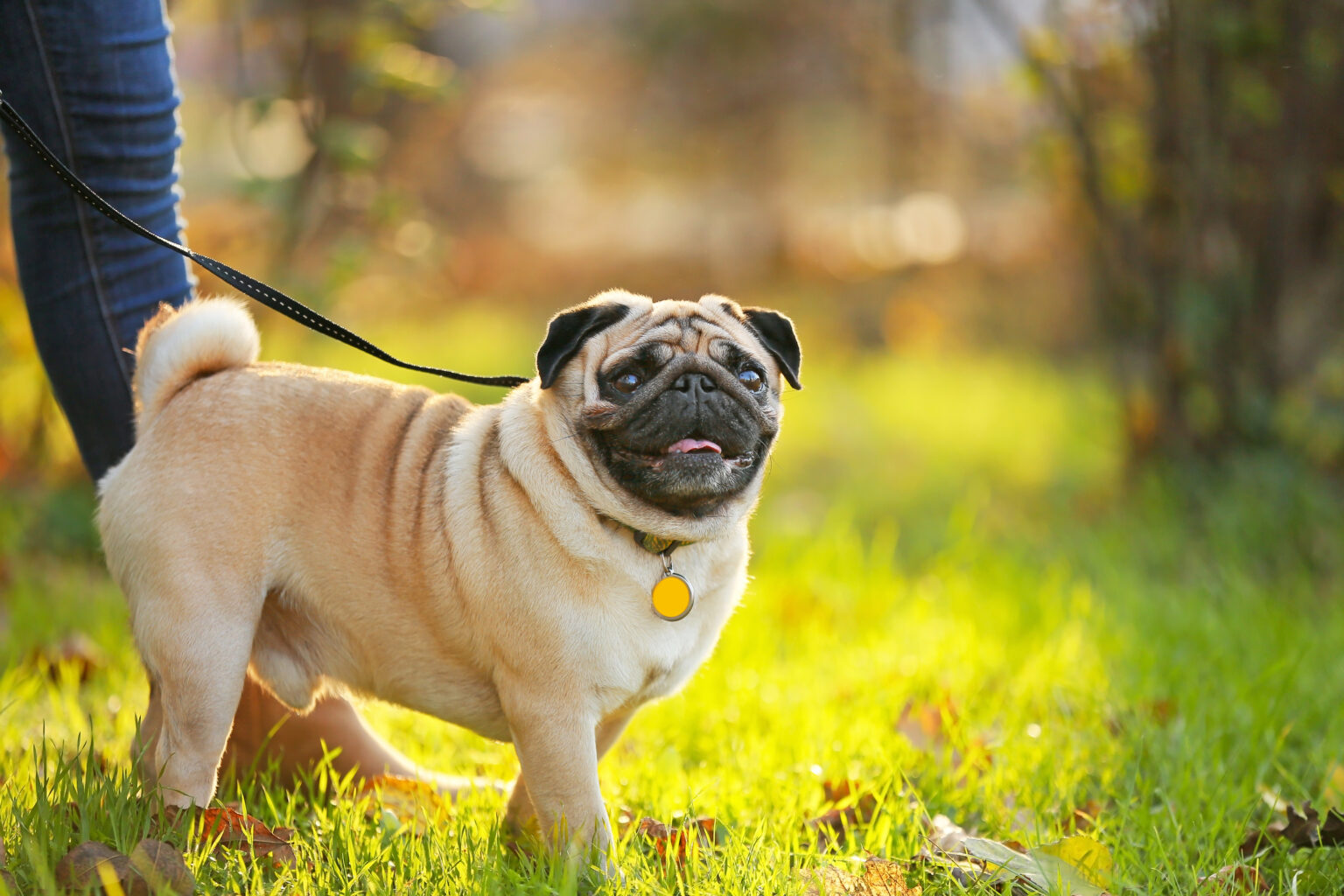Pug Dog Breed
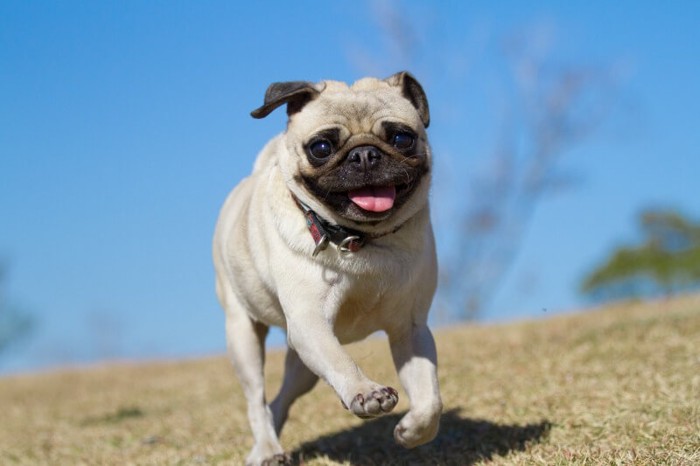
| Aspect | Details |
|---|---|
| Origin | China |
| Birth Era | Before 400 BCE |
| Crossbreed | No, purebred |
| Temperament | Charming, mischievous, loving, sociable |
| Physique | Small, 14-18 pounds, stocky build |
| Coat | Fine, smooth, short coat |
| Lifespan | 13-15 years |
Pugs captivate many enthusiasts in Japan with their unique appearance and personality. Originating from ancient China, they have been cherished in noble households through their long history. In Japan, their small yet sturdy build, distinctive facial features, and expressive eyes are seen as ideal traits for a pet.
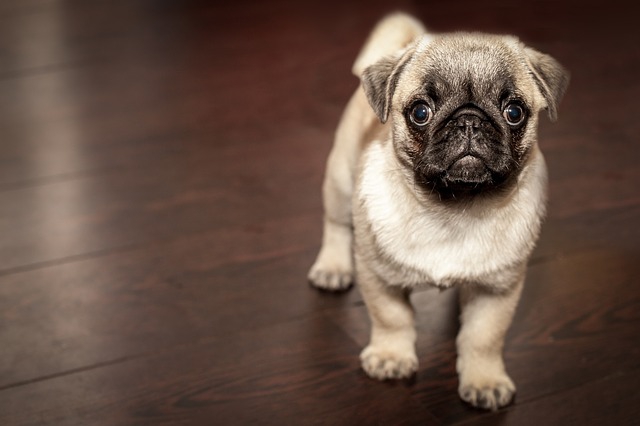
These dogs are sociable, friendly, and affectionate, making them highly valued as family pets, especially for their ability to interact well with children and other pets. In Japanese households, enjoying moderate exercise and walks, along with receiving proper training and care, is essential for leading a healthy and happy life. Pugs, with their attractive appearance and ability to form strong bonds with humans, are beloved in many homes around the world, including Japan.
Coat Color
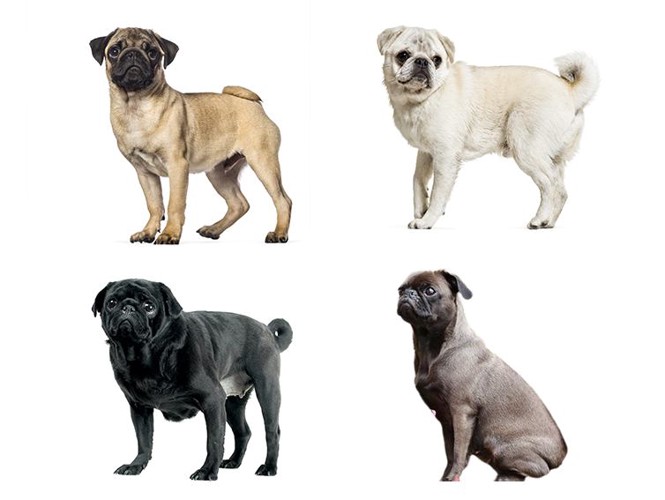
Pugs come in silver, apricot, fawn, and black colors, all recognized by the Japan Kennel Club (JKC). In Japan, a dog’s coat color is considered an important aspect of the breed’s characteristics, especially for Pugs. The presence of black in the muzzle, mask, ears, the mole above the cheek, the thumb mark (a small black spot on the forelimb), and the trace (a black line from the back of the head to the tail) is viewed as indicative of a superior specimen.
Pugs. The presence of black in the muzzle, mask, ears, the mole above the cheek, the thumb mark (a small black spot on the forelimb), and the trace (a black line from the back of the head to the tail) is viewed as indicative of a superior specimen.
These features reflect the criteria for breed evaluation in Japan, where the standard beauty and health condition of a breed are highly regarded. The coat color and distinctive markings of Pugs are elements that enhance their charm to pet enthusiasts in Japan.
Coat Type

Pugs have a short double coat (a two-layer structure with an overcoat and undercoat), known for shedding more than other breeds with similar coats. In Japan, maintaining cleanliness in a pet-friendly home is highly prioritized, making regular brushing of Pugs particularly essential. Daily thorough brushing helps maintain the skin and coat’s health while keeping the living environment clean.
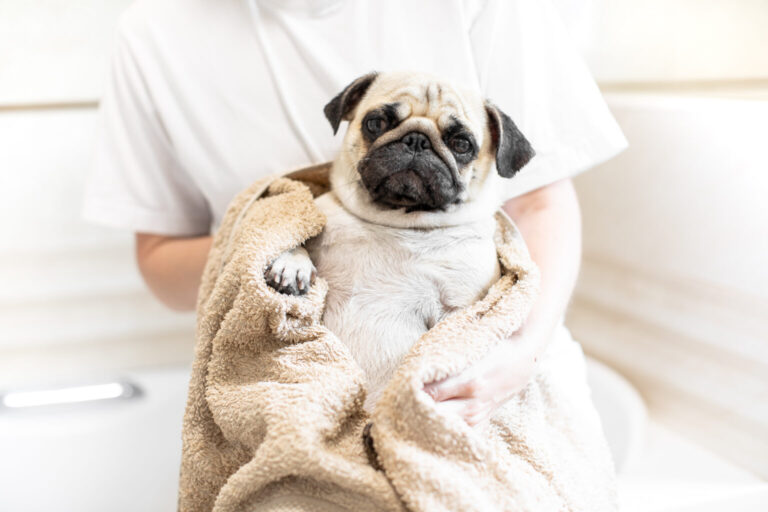
This practice reflects the high regard for cleanliness in Japanese culture. Just as housekeeping and organization are integral to Japanese home life, similar care and attention are expected in pet grooming. Protecting the health of beloved dogs while preserving home hygiene is a significant responsibility for pet owners in Japan.
Size
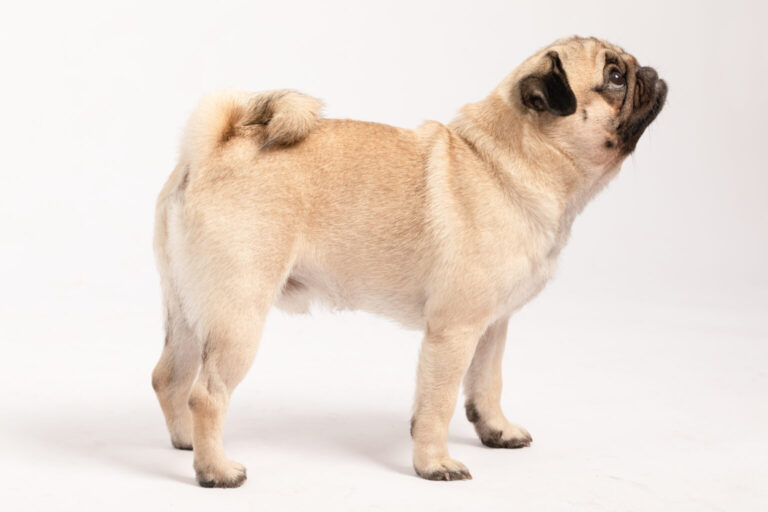
Pugs are especially popular among small dog breeds in Japan, with their distinctive physique being a major attraction for owners. An adult Pug typically stands at about 9.8 to 11.8 inches tall, with a comparatively short body length. This compact yet muscular and sturdy build is well-suited to Japanese living environments, particularly in urban areas and apartments where space is limited.

In Japan, there’s a strong culture of coexisting with pets, and breeds like Pugs, which are small but have a strong presence, strike an ideal balance of compactness and personality. The physique of Pugs is considered optimal for domestic pet care in Japanese homes.
Weight
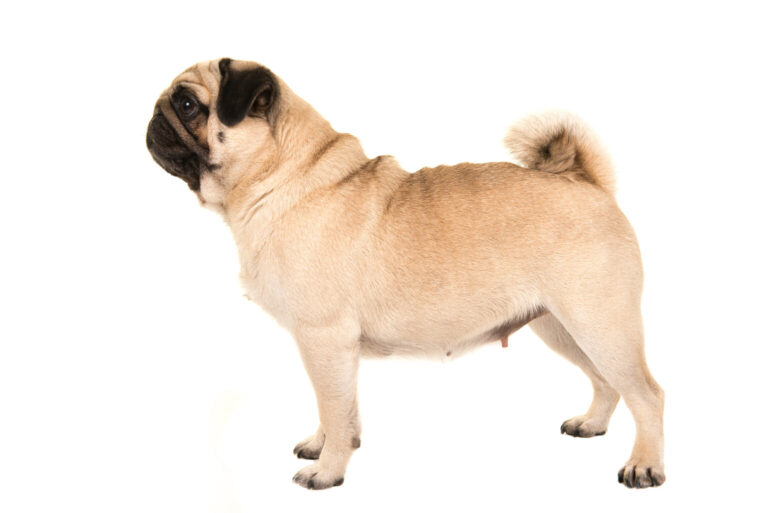
Pugs typically have an ideal weight range of about 13.2 to 17.6 pounds, although individual variances exist. In Japan, where there is a high awareness of pet health management, the importance of moderate exercise and a balanced diet for this muscular yet small breed is emphasized.
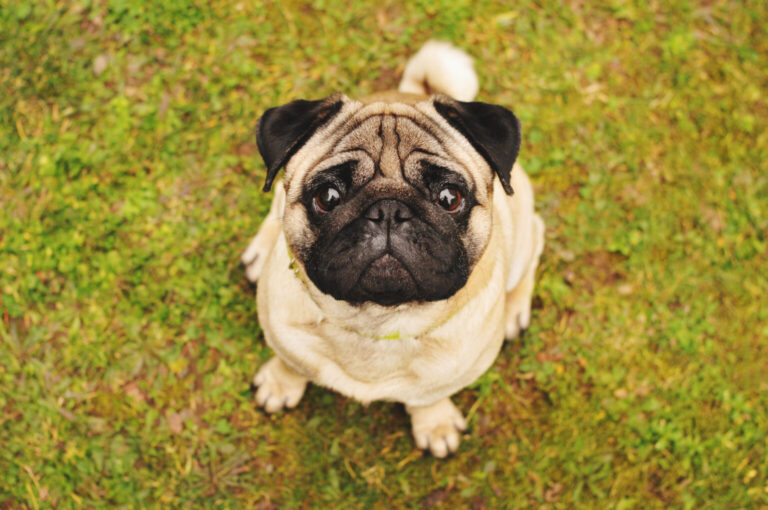
Particularly, weight management is a critical concern for Japanese pet owners. Excessive weight can increase health risks, including respiratory and joint issues. In Japan, it’s seen as a pet owner’s responsibility to safeguard their pet’s health, with an expectation of diligent efforts to maintain an appropriate weight for their dogs. Adequate exercise and a well-balanced diet are essential for maintaining a Pug’s health.
Lifespan
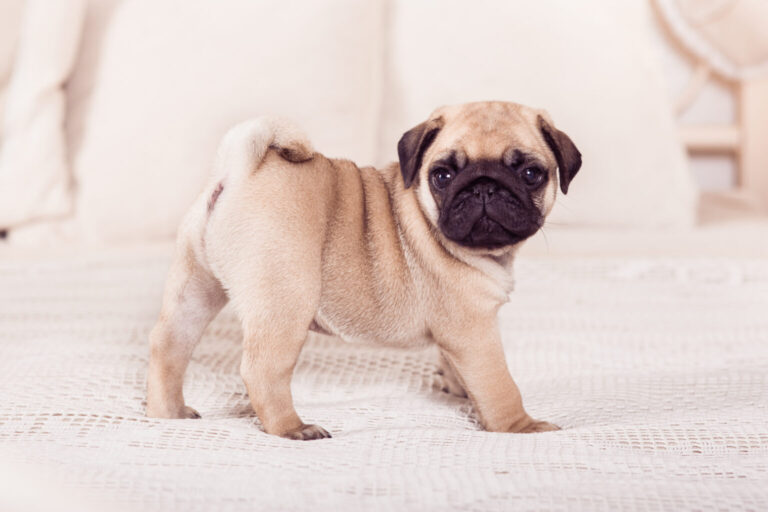
Pugs have an average lifespan of about 12 to 15 years, which aligns with the general lifespan of small dog breeds. In Japan, there’s a cultural emphasis on spending a long time with pets, making breeds like Pugs, known for their longer lifespans, especially cherished as extended family members.
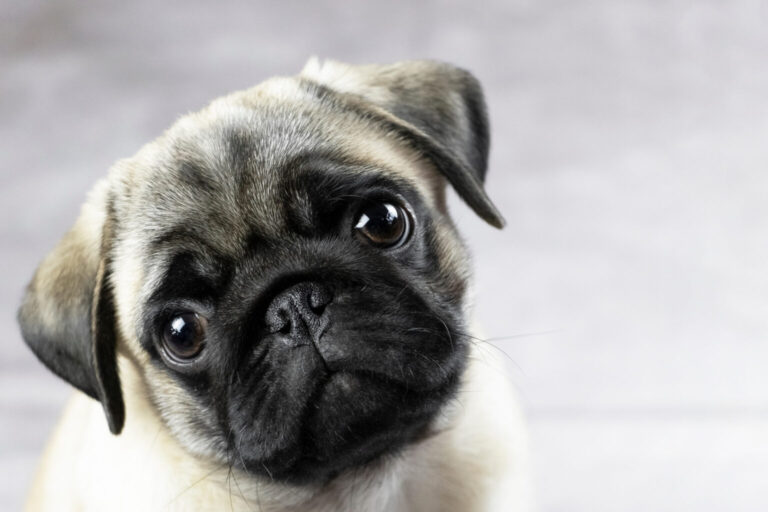
Furthermore, though not officially recorded, the fact that a Pug has reached the age of 20 is of great interest to Japanese pet enthusiasts. Japan has a culture of celebrating the longevity of pets, and particularly long-lived breeds bring immense joy to their owners. Thus, in Japan, it is a common mindset to aim for a pet’s longevity through proper care and health management.
Trainavility
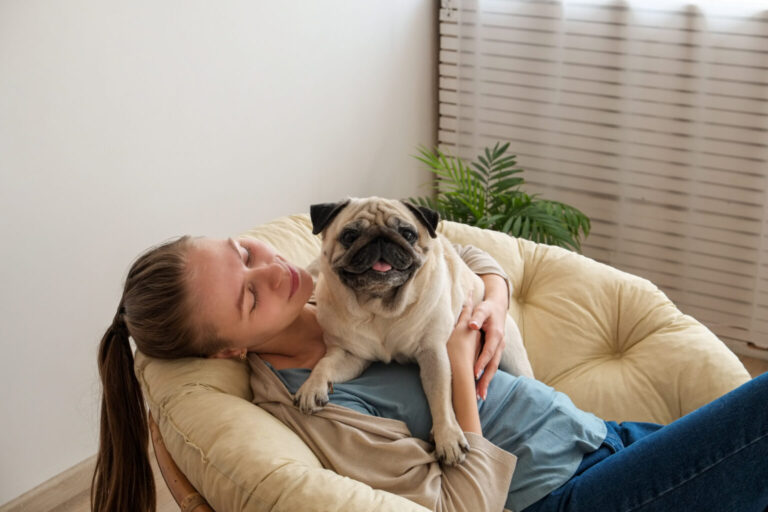
Pugs, known for their calm nature, are considered easy to care for in Japan. However, occasional biting habits require early intervention. In Japanese pet culture, continuous effort and family cooperation in training are vital to prevent difficulties in walking and interacting with other people and dogs. Patient and consistent training is emphasized.

In Japan, positive reinforcement is preferred over harsh scolding, which is often counterproductive. Basic commands like “sit,” “wait,” and “down” are essential for calming excitement and controlling the dog. Starting training during puppyhood is recommended, keeping in mind the individual learning capacities. Consistency and patience are key elements of pet training in Japan, reflecting the importance of disciplined and loving care.
Exercise
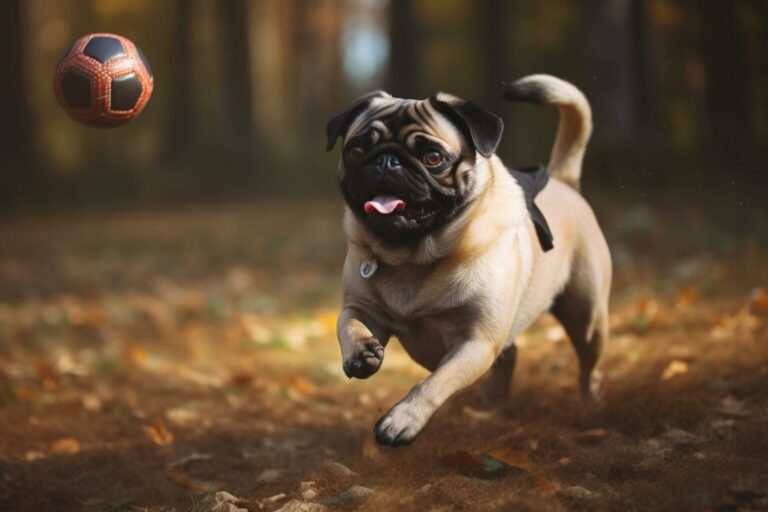
Pugs, a breed not requiring extensive exercise, have a tendency to gain weight easily. In Japan, where pet health management is taken very seriously, it is recommended to walk adult dogs twice a day for 20-30 minutes each session. Regular exercise is considered essential for maintaining a dog’s health. For puppies, a 15-minute walk once a day is sufficient.

In Japan, walks are seen as beneficial for a pet’s mood change and stress relief. However, on rainy or snowy days, indoor exercise is advised. Pugs are sensitive to climate changes and particularly vulnerable to heat and cold, making the choice of walking time crucial. Cool early mornings or evenings in summer and warm midday in winter are preferred. Attention to the temperature difference between indoors and outdoors is important, and maintaining appropriate temperature control throughout the year is considered essential.
Feeding
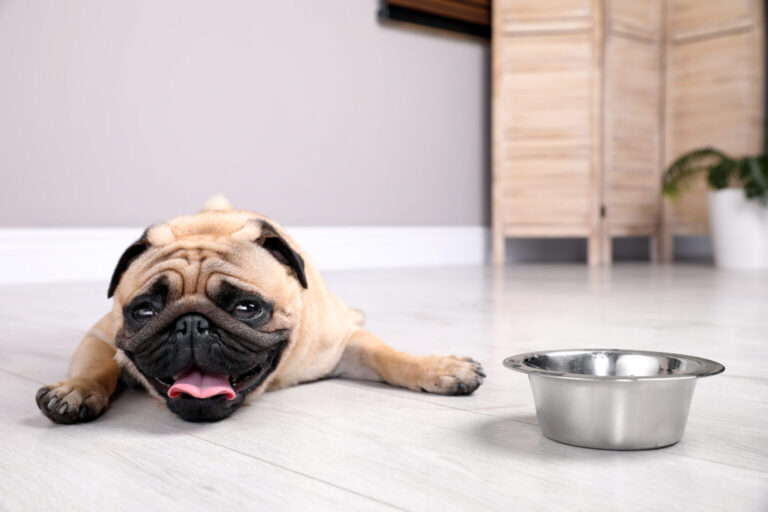
Maintaining the health of Pugs through proper feeding is a key aspect of pet care in Japan. Due to the breed’s tendency towards obesity, careful attention to meal quantity and nutritional balance is essential. In Japan, it is advised to select high-quality dog food, with a well-balanced composition of proteins, carbohydrates, fats, vitamins, and minerals.
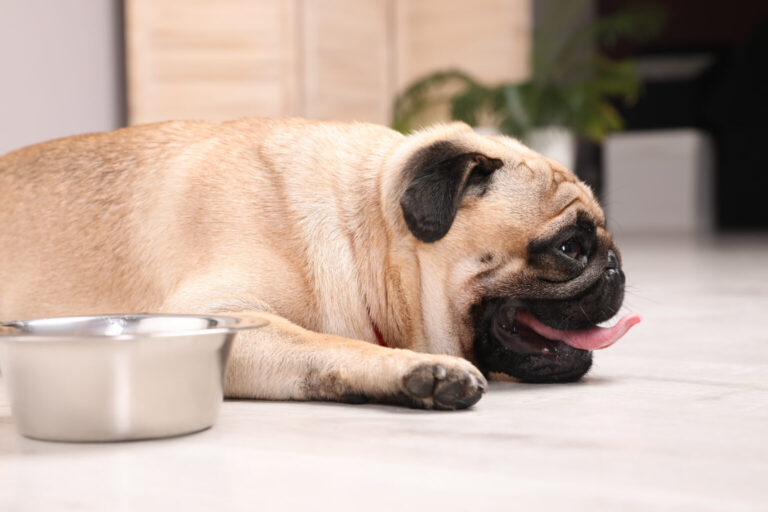
Furthermore, establishing regular meal times is crucial for Pugs, known for their hearty appetites, and this is an important consideration for Japanese pet owners. For adult dogs, feeding twice a day is considered ideal, reflecting the basic approach to health management in Japanese pet care. Appropriate meal management is an indispensable element in maintaining the health of Pugs.
Temperament

Pugs, popular in Japan for their ‘ugly-cute’ (busa-kawaii) appeal, are known for their bright and cheerful personality. They love to play, are affectionate, and show great devotion to their owners. These traits align with the expectations for pets in Japan, especially as sources of communication and joy in family settings.
With their gentle and calm nature, Pugs are considered easy to manage as family pets, making them ideal playmates for children. Their friendliness and low wariness match the ideal image of pets in Japan, making them well-suited for apartment living due to their minimal barking. However, they are not suitable as guard dogs.
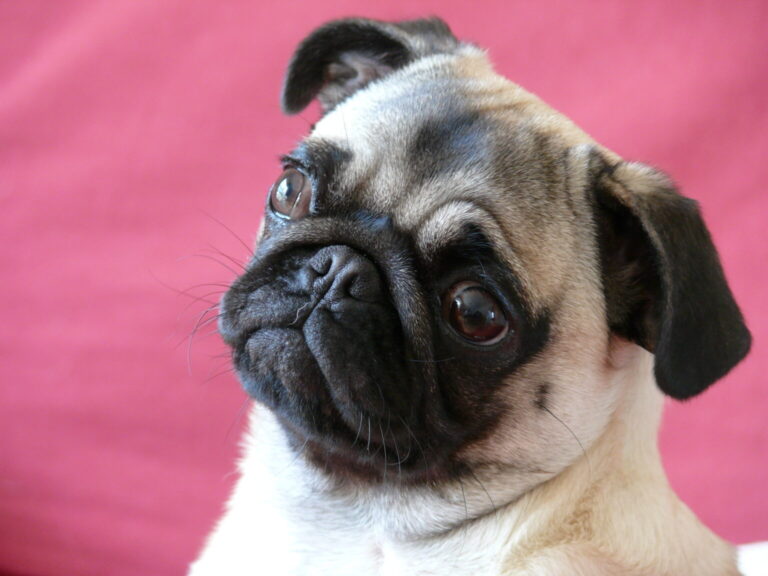
Pugs can also be stubborn and have their own pace, and in Japan, it is generally advised against overindulging pets. Appropriate training and a balanced relationship are essential, reflecting the common approach to pet care in Japan.
History
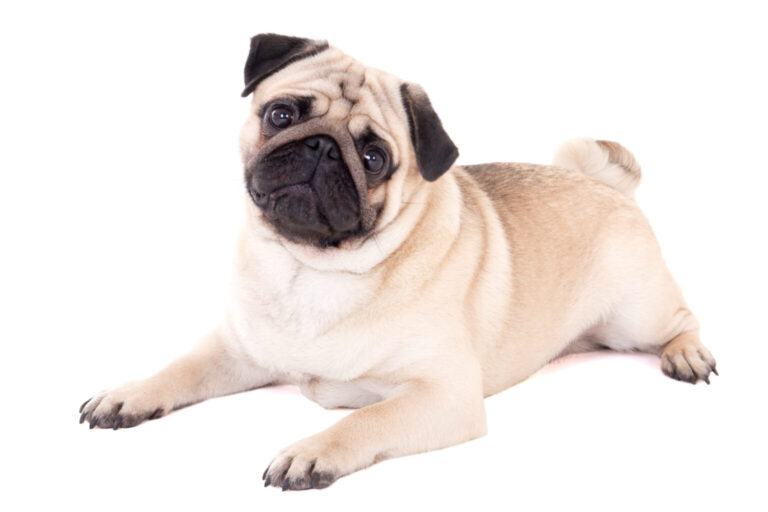
The Pug, originating around 400 B.C. in China, is believed to have descended from mastiff-type dogs. This breed has gained popularity in Japan for its unique appearance and endearing personality.
Originally a larger breed, the Pug was miniaturized in Tibetan monasteries before being revered as a protective charm in the Chinese imperial court. Its depiction in ancient Chinese literature and art piques the interest of those in Japan who respect and are curious about traditional cultures and values.
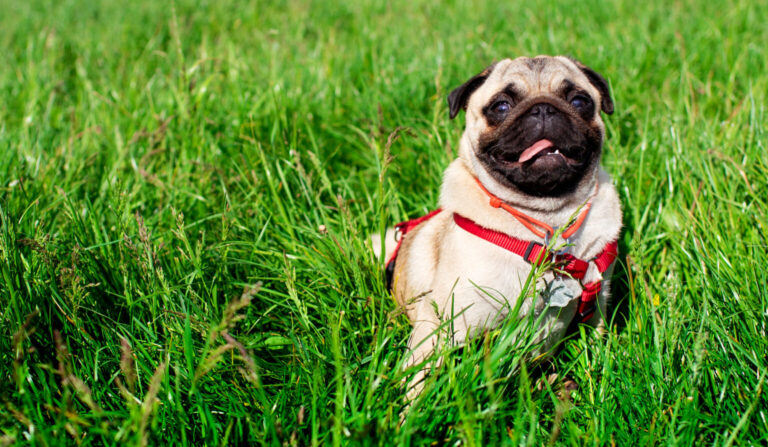
Having spread to European nobility via the Dutch royal court, Pugs were loved by notable figures such as Napoleon’s wife Josephine and England’s William III in the 18th century. Their introduction to America in the 19th century and Japan in the early 20th century is seen in Japan as a facet of international cultural exchange.
The etymology of the Pug’s name includes several theories: the Latin “pugnus,” meaning fist, “Pug Monkey,” due to its resemblance to marmosets, and the Chinese “pa-ku” (snoring king). These diverse origins reflect Japan’s multicultural receptiveness and curiosity.
Grooming
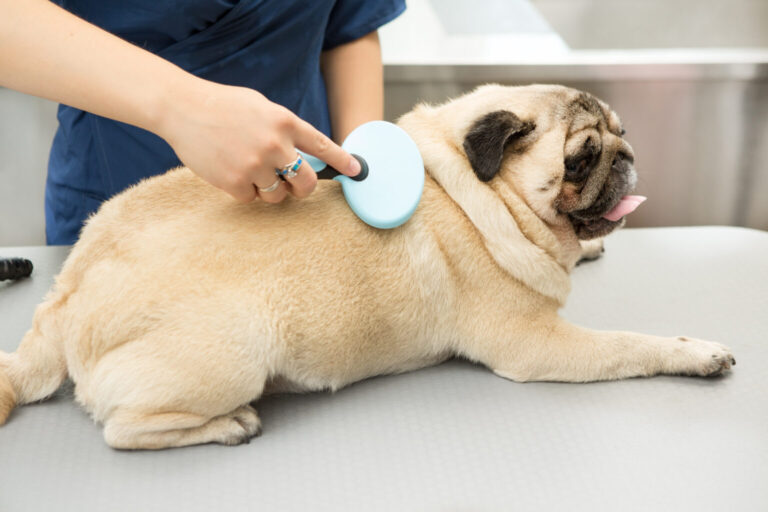
Pugs’ facial wrinkles tend to accumulate sebum, which can lead to dermatitis. In Japan, where a clean living environment is highly valued, pet care is no exception. It is recommended to gently wipe the wrinkles with baby wipes or a steamed towel, especially after meals or returning from outside, when dirt is most likely to accumulate.
In particular, the areas around the eyes and mouth are sensitive, so using a cotton swab to gently lift and wipe away the dirt is advisable. After cleaning, it’s important to dry off any moisture with a dry towel or cotton swab to prevent bacterial growth, reflecting the high standard of cleanliness in Japanese homes.
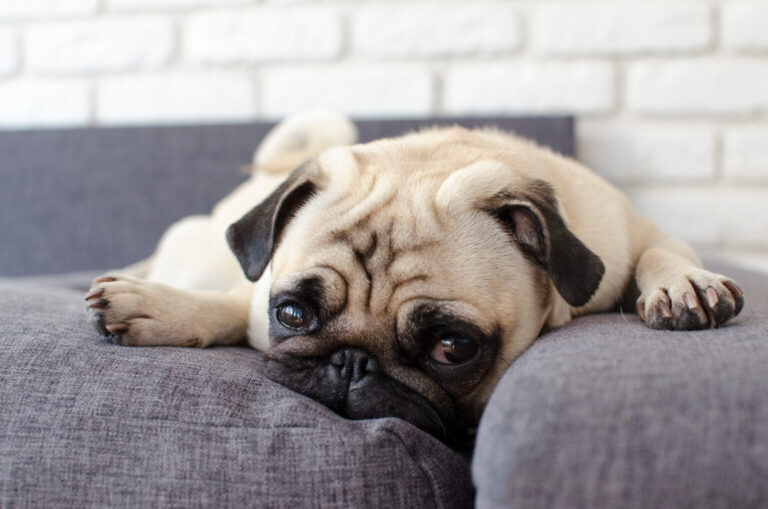
Moreover, for dogs not accustomed to having their faces touched, it is crucial to gradually get them used to it. Caring for them in a way that allows them to relax minimizes stress and reflects the Japanese approach to pet care, which emphasizes understanding the dog’s psychology and valuing communication through care.
Health

Pugs, due to their unique body shape and genetic traits, are prone to specific health issues. In Japan, where there is a high awareness of pet health, preventive measures and care for these issues are emphasized. Particularly, respiratory problems related to Brachycephalic Airway Syndrome, caused by their short noses and narrow airways, require attention to prevent breathing difficulties and exercise-induced exhaustion.
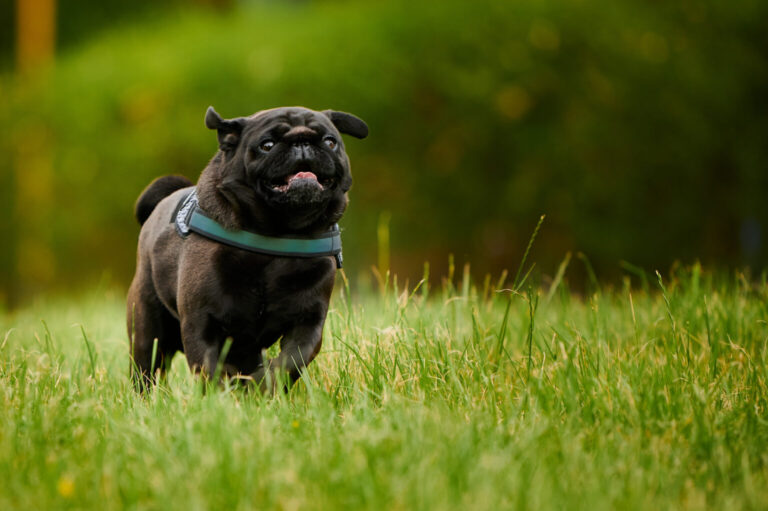
Eye problems are also common in Pugs, whose large, protruding eyes are susceptible to prolapse, dryness, and ulcers. Regular eye check-ups are recommended in Japan to mitigate these risks. Additionally, obesity, which can strain joints and the heart, makes maintaining an appropriate weight crucial. The Pug’s wrinkled skin also predisposes them to skin infections, making skin care important.
For Japanese pet owners, regular health checks, appropriate exercise, a balanced diet, and consistent care for the eyes and skin are key to maintaining the health of their Pugs.

